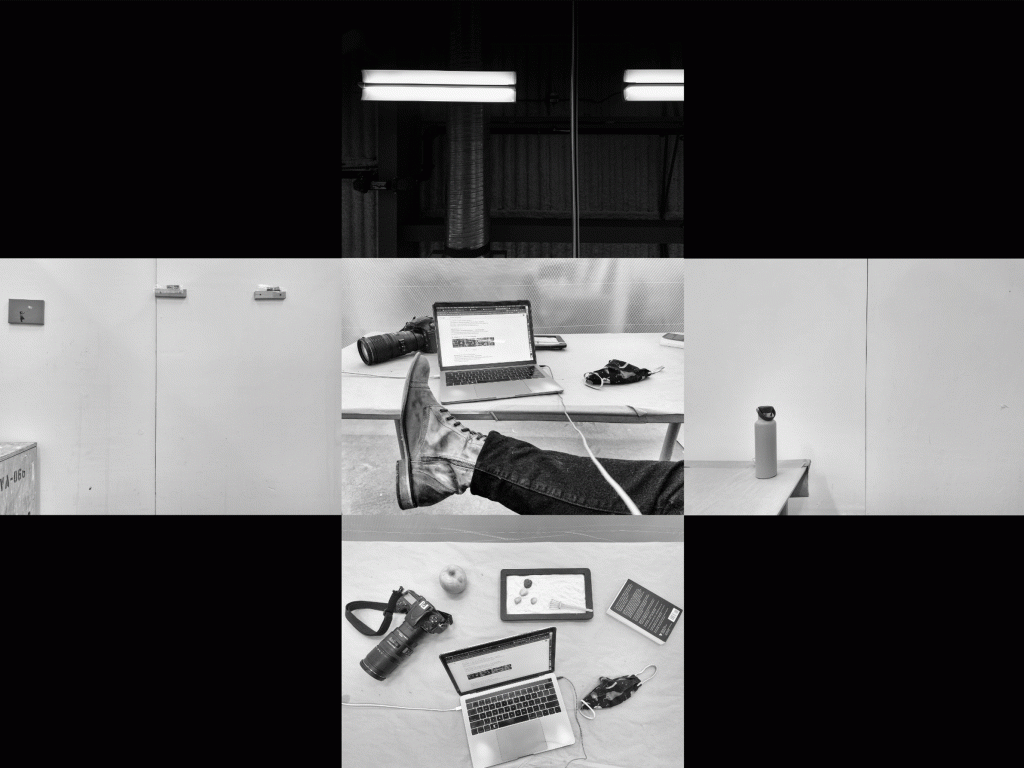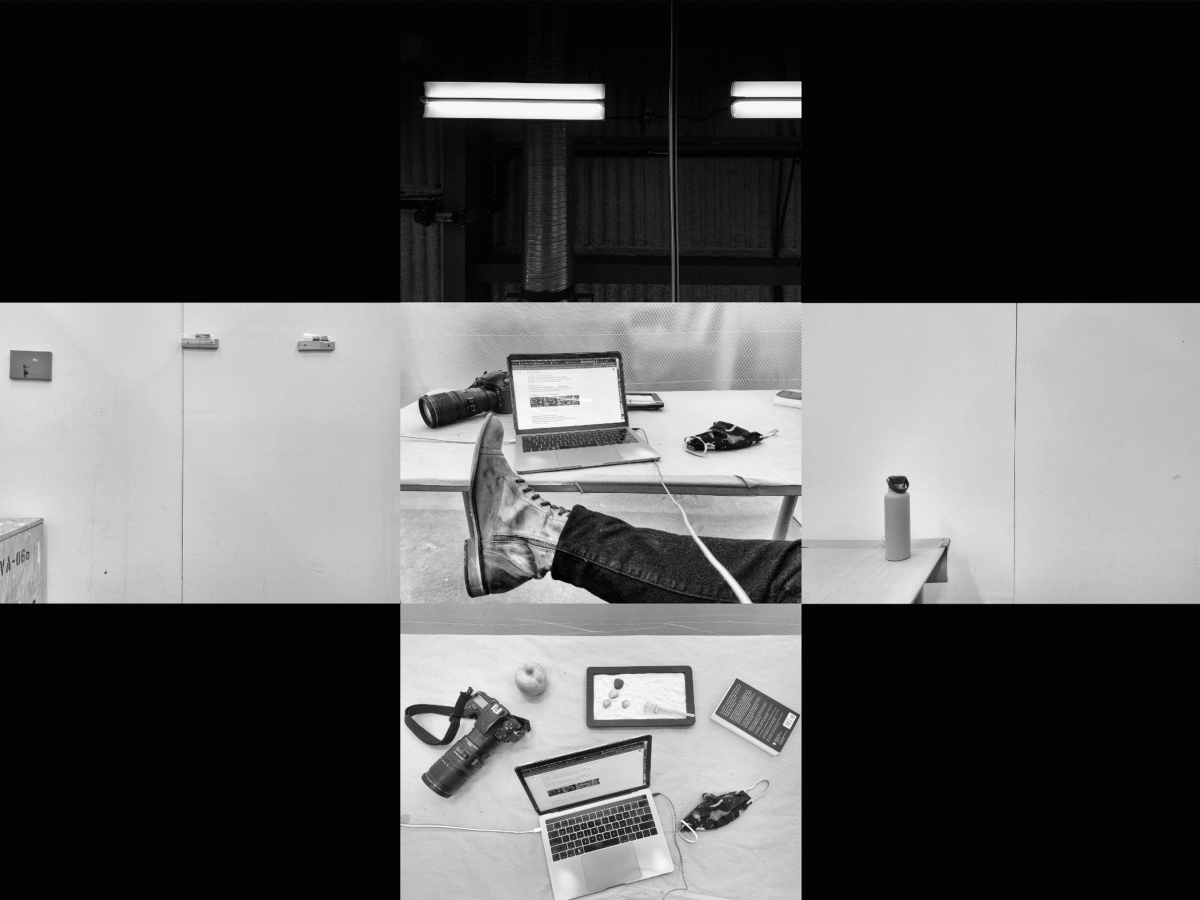Definitionally speaking, a phenomenon can’t be unique and universal at the same time, yet here we are, 2000 and 21 years anno domini, culturally and individually in the infancy of a range of new relationships to tiny magic rectangles. A global phenomenon, all things considered. We carry them on our persons, in our purses and pockets, we view and touch and pinch and paw at them over the course of the day and, in many cases (speaking from personal experience, too many cases), are bathed in their cold glow in the midnight hour’s enveloping darkness. Even now, at this exact moment – as I type and as you read – we are reliant upon said four-sided figure to convey so many things.

A plurality of meaning explodes from these right-angled forms – they signify entertainment, commerce, communication, community, love (and lust), information, expression. In so many ways, the device itself – like other rectangular shapes – is a door, a window, a portal. It allows for so many things….four of which, I feel, are worthy of sustained consideration (&, I might add, four is an appropriate number given the quadrilateral nature of the objet in question.)
First, the implicit purpose of the screen is to connect. To connect with the network, with some one, some thing, or even some place. In our search to find the noun we put a finger to our devices, on average, some 2,617 times per day (1). To my way of thinking, this underscores a deep behavioral change in modern society: screens are now an extension of the self. I’m not alone in my broad assertion as Dr. Russell Belk’s extended self theory (2) is relevant in that it reinforces that our possessions, namely smartphones, have become integral to how we operate on a daily basis. In this light, we use our technology in an attempt to fulfill desire.
From this, consider the end of quiet. When was the last time you just were? No agenda, no worries, no where to be…nothing to ask and nothing to give. I don’t mean to hold this up as some ideal, rather only to once again emphasize a behavioral change at play – that we are constantly pushing in some form or fashion, screaming go go go like a flammable cheerleader, with our tiny magic rectangles as the enabler of a rapacious pace. We struggle to be. To be in nature, or in solitude. To be with self. Or one another. To be sated. We search, like hungry ghosts, always looking for more information, more connection, more validation, more of more. Silence is not absolute, of course, but rather relational. And, now, our relationship to, and with, “noise” is deeply troubling. At least it is to me. Always on and near ubiquitous, these tiny magic rectangles herald the end of silence. At least, and insofar, as we knew it.
Tangental, yet relevant, in Life & Death in the Anthropocene: A Short History of Plastic (3), Heather Davis reveals what plastic does best: it acts as a sealant, a barrier, literally sealing something off from its surrounding environment. Boundaries are a multifaceted concept relating to the edges of something and screens hold an interesting position in this conversation as they are both a barrier in their opacity (more on that next) while also acting as an entry or an invitation into intimacy. With respect to opacity, you, me, and the vast majority of the people we know, would struggle to accurately describe, with any accuracy, how these devices work. The electricity, the code, the haptic feedback. We don’t know. Or, 99% of us, to be charitable, don’t. What’s more, we largely don’t care either. In fact, to quote Steve Jobs, what we care about is that “It just works.” (4)
This leads me to my final point: religiosity. I don’t mean to imply there is a rising, new and novel church of the Mac spreading like wildfire gospel across the land, rather I’m asserting that there is very much a faith at play. To echo the above once more, we have faith that our technology will “just work.” That the trains will run on time. That the planes won’t come crashing out of the sky. That our emails, gifs, and emojis will be encoded, broken down into packets, routed across the internet, and reassembled on the other end – in milliseconds, no less. I don’t know about you, but I’ve always had a hard time reconciling the tension between faith and authority. I still do.
And, yet, here I am, still very much swept up in the phenomenon of the tiny magic rectangle.
The above image was taken on my phone, edited on my laptop, and, now, seen through your screen. The five images are presented in cruciform (the sign of the cross, a motion performed by joining the first three fingers, to symbolize the Holy Trinity, and putting the two other fingers in the palm, then touching one’s forehead, below the chest, left side, then right side and finishing with open hand on the chest again with bowing head.)
It was a moment in the studio. A pregnant moment of pause that wasn’t. Up, down, left, right, center. It was a moment captured by a tiny magic rectangle.

1 Putting a Finger on Our Phone Obsession, Winnick, https://blog.dscout.com/mobile-touches
2 Journal of Consumer Research, Vol. 15, No. 2 (Sep., 1988), pp. 139-168 (30 pages), Published By: Oxford University Press
3 “Life & Death in the Anthropocene: A Short History of Plastic.” Art in the Anthropocene: Encounters among Aesthetics, Politics, Environments and Epistemologies, by Heather Davis and Etienne Turpin, Open Humanities Press, 2015, pp. 347–356.
4 Jobs, S. (2009). Apple Keynote Address, WWDC, Palo Alto, CA, USA
